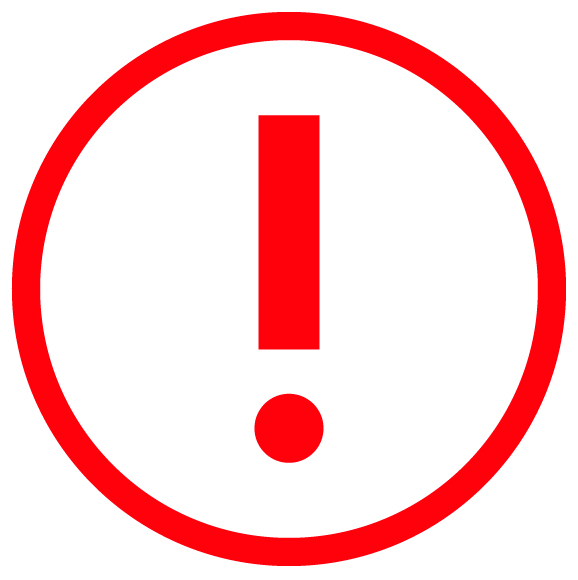Hold on Before You Toss Out Those Crackers
Ready to chuck the crackers or breakfast cereal due to the headlines you’ve been seeing on recent news? Hit the brakes before you toss out those crackers. Let’s look a little more closely at the glyphosate (Roundup) article that these headlines are based on.
I chose to become a Registered Dietitian because I love the science behind how what we eat impacts our health.
Did you catch that? The science!
The fear mongering that media outlets use to catch our attention is frustrating for someone like me. I’ve spent years spent years studying chemistry and nutritional science so I can help people. One of the biggest takeaways from my educational and training background is that we should use evidence-based research to base our work.
Red Flags
The recent article that was published on the internet by the Environmental Working Group (EWG) throws up some red flags regarding its scientific authenticity and accuracy:
 For one, the article was posted on a website, rather than through a scientific journal. Health care practitioners are taught to evaluate research to determine if recommendations and studies are evidence-based. This means they are based on sound research, not opinion or bias. The article published by the EWG has not been peer-reviewed, meaning a group of scholarly reviewers with subject matter expertise have not reviewed the study to assess if the study used quality research standards and that the conclusions drawn are appropriate based on the results of the research.
For one, the article was posted on a website, rather than through a scientific journal. Health care practitioners are taught to evaluate research to determine if recommendations and studies are evidence-based. This means they are based on sound research, not opinion or bias. The article published by the EWG has not been peer-reviewed, meaning a group of scholarly reviewers with subject matter expertise have not reviewed the study to assess if the study used quality research standards and that the conclusions drawn are appropriate based on the results of the research.
 One of those quality research standards that peer reviewers look for is sample size, which is significantly lacking in the article published by the EWG. Per the chart included in the article, they only tested each of the products 1-3 times, which is an extremely small sample size. The larger the sample size, the more accurate the study results.
One of those quality research standards that peer reviewers look for is sample size, which is significantly lacking in the article published by the EWG. Per the chart included in the article, they only tested each of the products 1-3 times, which is an extremely small sample size. The larger the sample size, the more accurate the study results.
 Another issue I have with the article is the level of glyphosate in which the EWG declares to be a “toxic” amount. The Environmental Protection Agency (EPA) has done extensive research and determined that the safe level of glyphosate in food to be approximately 140 milligrams per day for the average adult. However the EWG doesn’t use this threshold — in fact the level they use is 0.01 milligrams per day. The EWG threshold was set at one ten-thousandth of the rate the EPA has deemed safe. The foods tested in the EWG study don’t even come close to reaching the 140 milligrams threshold set by the EPA.
Another issue I have with the article is the level of glyphosate in which the EWG declares to be a “toxic” amount. The Environmental Protection Agency (EPA) has done extensive research and determined that the safe level of glyphosate in food to be approximately 140 milligrams per day for the average adult. However the EWG doesn’t use this threshold — in fact the level they use is 0.01 milligrams per day. The EWG threshold was set at one ten-thousandth of the rate the EPA has deemed safe. The foods tested in the EWG study don’t even come close to reaching the 140 milligrams threshold set by the EPA.
Do I want my kids or myself to consume significant amounts of glyphosate (Roundup)? Of course not, but any substance’s potential to cause harm is directly related to how much of it you consume. At a high enough dose, anything can be harmful. At a low enough dosage, even “harmful” things can be consumed without causing harm. This is why regulatory bodies, such as the EPA, assess the threshold at which potentially harmful chemicals actually become dangerous. It then sets regulations for those thresholds.
Follow the Science
So, am I going to throw out those crackers in my pantry? No, as a mom and Registered Dietitian I believe that I’ll stay on science’s side! My family will continue to enjoy all foods in moderation.

— Contributed by Jill Ladd, MPH, RD, LD